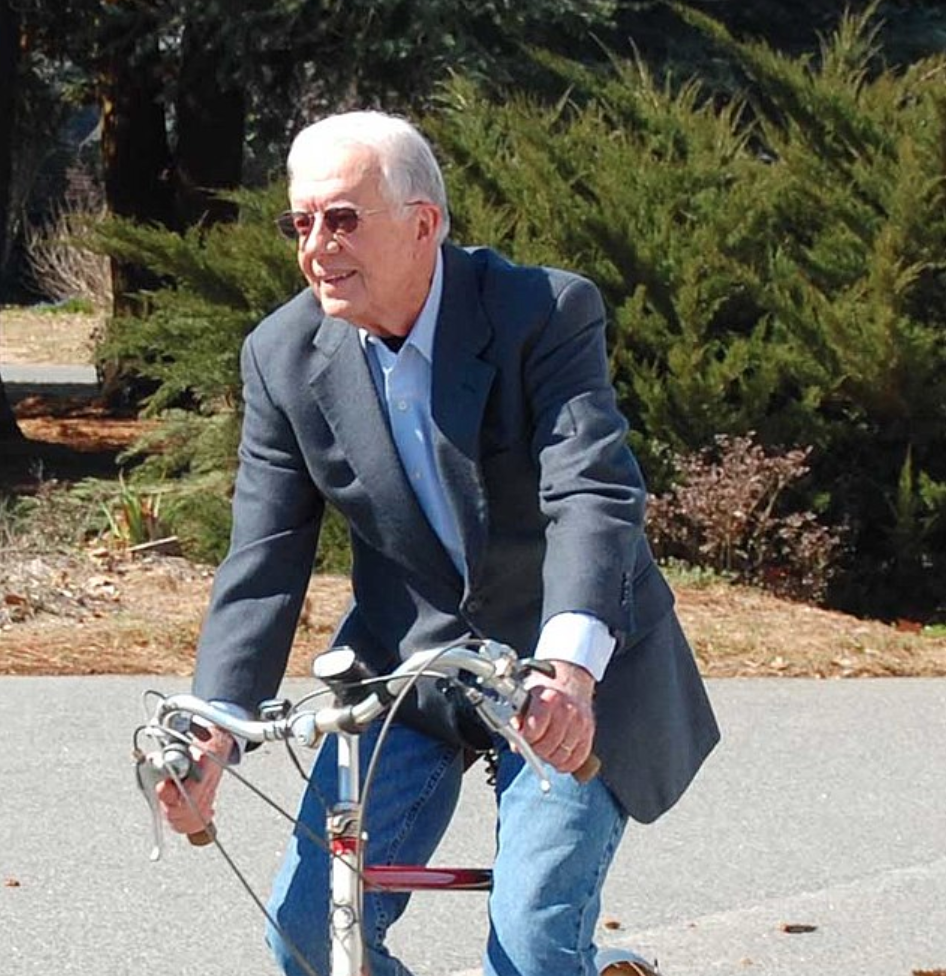A surprising number of workers in government and the built environment professions want to to try an active commute once they return to the office post-pandemic, a new study finds — a change in habits that might reduce the widespread windshield bias that has subtly shaped city decision making for generations.
Transportation planning and engineering firm Kittelson & Associates asked more than 1,000 commuters from more than 40 states and 28 industries about their post-pandemic plans for their work commute, with a particular focus on respondents in planning and city leadership. Like several broader studies have found, many respondents remain shy of returning to public transportation, but 23 percent of workers who previously took transit every day indicated that they plan to try a bike, walk, or other active commute once they can return to the workplace — compared to about 18 percent that will commute solo by car.
And when the data was disaggregated by industry, the researchers found that workers in the fields of architecture, planning, engineering and government were even more likely to try out life in the bike lane (or sidewalk): A stunning 44 percent of city and transportation leaders who previously relied on the mass transit network said that they planned to exclusively rely on people-powered transportation soon.
And 58 percent said they would do so at least some of the time.
By contrast, only 38 percent of the same group plans to switch to driving or carpooling exclusively; 9.5 percent of people plan to combine driving on some days, and using active transportation on others.
The study pool was small, and Kittelson acknowledges that it was tilted primarily towards the professional industries, since the primary survey pool was pulled from the company's listservs. But the scale of people who plan on changing their commuting habits came as a surprise.
"The most surprising thing, for me, was that about 20 percent of people across all industries are planning to rethink how they get to work post pandemic," said Jorge Barrios, a senior engineer at the company. "People don’t really make their commuting decisions lightly — they tend to pick one mode and stick with it. It takes really specific and powerful triggers for people to reconsider how they get to work. So to see that one in five people go through that process at the same time, that’s pretty unusual."
Getting mayors and transportation planners to try an active commute is more unusual still.
Just half a percent percent of Americans who worked in transportation in 2014 biked to work, according to the American Community Survey, compared to 91.4 percent who drove. And transportation professionals who have no idea what it's actually like to navigate the cities they plan on foot, of course, are predictably less likely to implement policies that are pedestrian friendly: a recent study from Rutgers found that more than a third of attendees at a major transportation conference drastically over-estimated the role that "distracted walking" plays in the pedestrian death crisis, — namely, almost no role at all — estimating that the behavior accounted for a preposterous 40 percent of walking fatalities.
These same shockingly misinformed professionals were also more likely to endorse pedestrian education and jaywalking enforcement as solutions to the phantom problem, and less likely to support design and policy changes that actually work, like lowering speed limits or designing streets for lower speeds.
Perhaps the most iconic example of windshield bias in the transportation professions is New York City's "master builder" Robert Moses, who famously chartered an airplane to fly over Lower Manhattan when he was in the process of planning the expressway system he later attempted to ram through several neighborhoods. Citizen activist Jane Jacobs, an avid pedestrian and cyclist who observed the streets of New York in extraordinary detail in her classic book, The Death and Life of Great American Cities, famously helped defeat Moses's plan — a victory that maintained New York City's status as the most walkable city in America.
Meanwhile, there have been no meaningful studies on how many of our elected officials (or their appointed staffs) ever set foot on a sidewalk, bike pedal, or transit vehicle — but it's safe to assume that the number is low, considering that pretty much any time a mayor deigns to try riding the subway or the bus, it becomes an instant photo op. And of course, many national politicians are famously obsessed with cars, whether they get around town in a 22,000 pound Cadillac or just make a cringey video about how much they love fast Corvettes now and then.
One thing's for sure: if all these powerful people actually make good on their intentions to try walking, biking, or wheeling to work, they may get a glimpse of their communities they've never seen before. And if they don't like what they see, maybe they'll start thinking about how to make our roads better for the rest of us.






